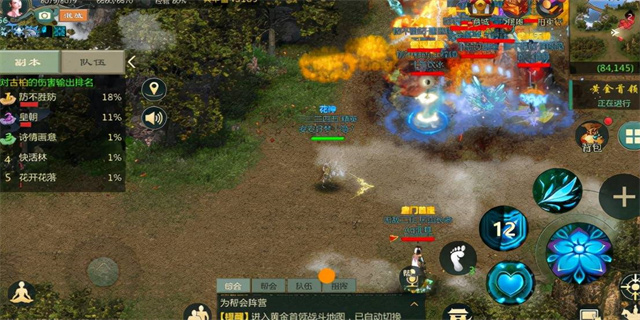windows rt(Windows RT The Operating System That Changed the Game)
Windows RT: The Operating System That Changed the Game
Introduction:
When Microsoft released Windows RT in 2012, it was a game-changer for the company and the tech industry as a whole. Windows RT was a version of the Windows operating system specifically designed for devices powered by ARM processors, such as tablets. In this article, we will discuss the evolution of Windows RT, its features, and its impact on the industry.

Evolution of Windows RT:
Windows RT was introduced as a lightweight and energy-efficient operating system, catering to the rising popularity of tablets and other mobile devices. It was developed as an offshoot of Windows 8, which was released around the same time. However, unlike Windows 8, which ran on x86 processors, Windows RT was built to run on the ARM architecture.

Features of Windows RT:
One of the most notable features of Windows RT was its inclusion of Microsoft Office for free. This aligned with Microsoft's vision of providing a productivity-focused experience on portable devices. Users could take advantage of familiar Office applications such as Word, Excel, and PowerPoint, making Windows RT a preferred choice for professionals on the go.
Another key feature of Windows RT was its tight integration with the Windows Store. Just like its counterparts, Windows RT offered a wide range of apps and games through the Windows Store. Microsoft encouraged developers to build universal apps that could run on both Windows 8 and Windows RT, further expanding the platform's app ecosystem.
Impact on the Industry:
Windows RT had a significant impact on the industry, both in terms of hardware and software. Several prominent technology manufacturers, including Microsoft itself, released tablets running on Windows RT. Devices like the Microsoft Surface RT gained popularity as affordable alternatives to traditional laptops, offering a seamless Windows experience in a more portable form factor.
However, the adoption of Windows RT faced challenges due to compatibility issues with traditional Windows applications. Unlike Windows 8, Windows RT could not run legacy applications designed for x86 processors. This limitation led to user frustration and confusion, contributing to the decline in popularity of the operating system.
The Future of Windows RT:
Despite its initial promise, Windows RT failed to gain significant traction in the market. As a result, Microsoft officially discontinued the operating system in 2015. The company shifted its focus towards developing Windows 10, a unified platform that could run on all devices, regardless of the underlying architecture.
While Windows RT may not have achieved the success Microsoft had hoped for, it served as a stepping stone towards a more universal and versatile Windows operating system. Lessons learned from the Windows RT experience helped shape the evolution of Windows 10 and subsequent versions, providing a more seamless and integrated experience across devices.
Conclusion:
Windows RT was a bold endeavor by Microsoft to cater to the growing demand for portable and energy-efficient computing devices. While it may not have been the game-changer Microsoft had envisioned, it paved the way for a more cohesive Windows ecosystem. Windows 10, the successor to Windows RT, has taken the lessons learned from its predecessor, offering a unified platform that bridges the gap between traditional PCs and modern mobile devices.
As the tech industry continues to evolve, the impact of Windows RT on the development of future operating systems cannot be overlooked. Windows RT was a pioneering effort that pushed the boundaries of what was possible, setting the stage for a new era in computing.


暂无评论,537人围观